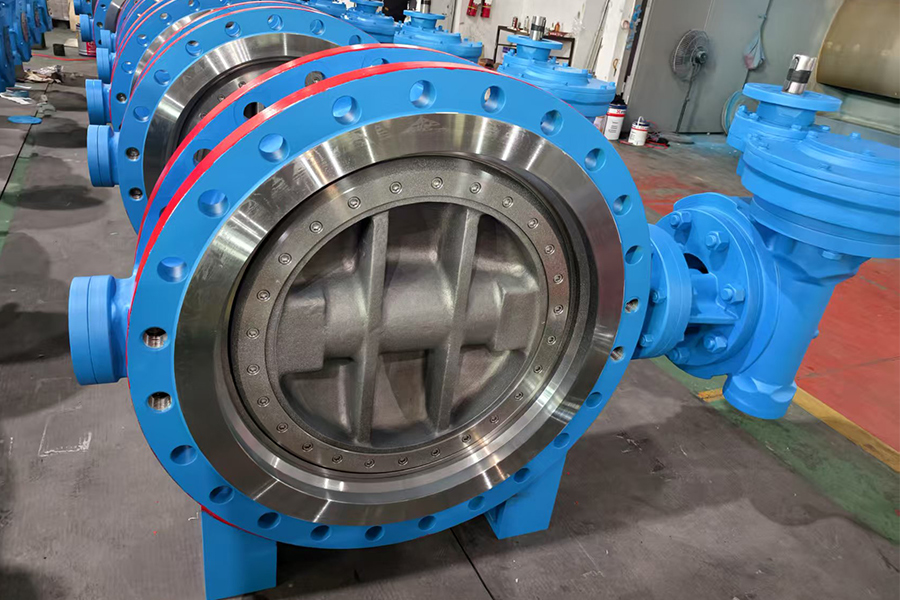2025-06-16
The Automat Butterfly Valve is an automated version of the traditional butterfly valve, often integrated with electric, pneumatic, or hydraulic actuators. This automation allows for remote operation and fine-tuned control, making the valve suitable for use in water treatment facilities, HVAC systems, food and beverage processing, and power generation plants.

1. Construction and Operation
The valve consists of a disc mounted on a rotating shaft, which is positioned in the center of the pipeline. The disc rotates to either allow or restrict flow. In the automated version, an actuator is connected to the shaft, enabling controlled movement based on signals from a central control system.
Actuators may include:
Electric actuators for precise positioning and low-speed applications.
Pneumatic actuators for fast response and high-cycle operations.
Hydraulic actuators for high-torque requirements.
2. Key Advantages
Remote Control: The actuator allows operators to control the valve without manual intervention, enhancing system efficiency and safety.
Compact Design: Butterfly valves are generally lighter and more compact than gate or globe valves, which simplifies installation.
Cost-Effective Operation: Low-pressure drop across the valve disc minimizes energy consumption.
Versatile Use: Available in a range of materials and seat designs, the Automat Butterfly Valve can handle various fluids including water, chemicals, slurries, and gases.
3. Application Scenarios
These valves are widely used in automatic control systems where flow needs to be adjusted regularly or quickly. They are also valuable in hazardous environments where manual operation would be unsafe or impractical.
Gas Integral Check Valve: Function and Analysis
The Gas Integral Check Valve is a unidirectional valve specifically engineered for use in gas systems. Its primary purpose is to prevent backflow, which can cause system instability, contamination, or equipment failure. These valves are commonly found in natural gas transmission lines, gas-fired power plants, and chemical processing facilities.
1. Design and Components
The Gas Integral Check Valve is usually a non-slam valve designed with internal components that allow flow in one direction and automatically close when reverse flow pressure is detected. Common designs include:
Spring-loaded poppet or disc: Returns to a closed position under reverse flow pressure.
Soft-seated or metal-seated configurations based on the operating temperature and gas composition.
Built-in damping mechanisms to reduce noise and vibration caused by rapid closure.
2. Performance Features
High Responsiveness: Quick-acting closure protects sensitive equipment such as compressors or gas meters.
Leak Prevention: Ensures a tight seal, preventing hazardous gas from leaking into undesired sections.
Durability: Built to withstand continuous operation under varying pressure and flow rates.
Minimal Maintenance: Compact and internally integrated parts reduce the risk of wear and tear.
3. Practical Applications
Gas Integral Check Valves are essential in applications where gas purity and unidirectional flow are critical. For example, in gas metering stations, they prevent backpressure from damaging instruments. In gas storage facilities, they help isolate sections during maintenance or emergency shutdowns.
4. Safety Considerations
Given their role in high-pressure and flammable gas environments, Gas Integral Check Valves are often certified according to industry standards such as ASME, API, or ISO. Proper installation—including flow direction alignment and pressure rating compatibility—is crucial to achieving long-term safety and reliability.
As industries continue to automate and optimize their flow systems, these valves represent critical building blocks in achieving dependable performance and operational safety. When selected, installed, and maintained correctly, they contribute significantly to the longevity and effectiveness of fluid infrastructure.